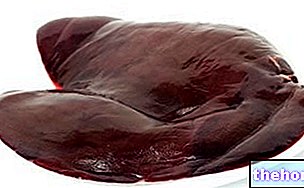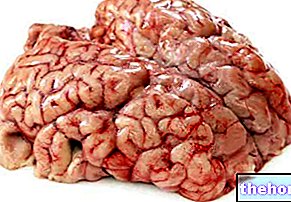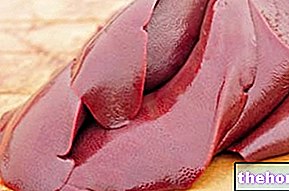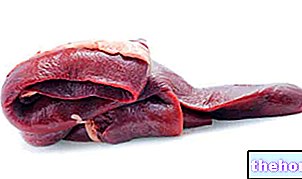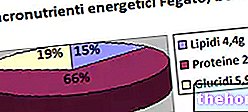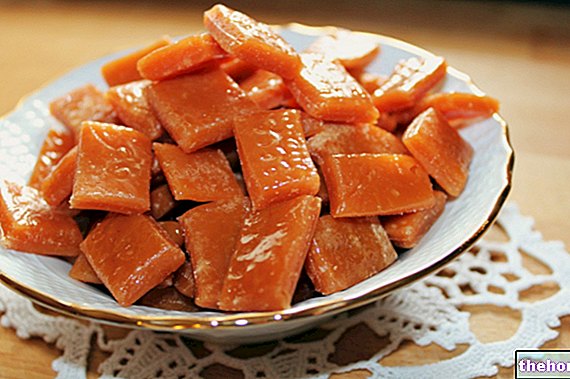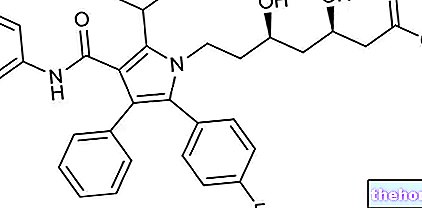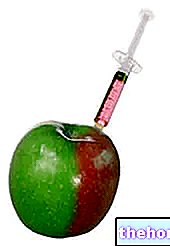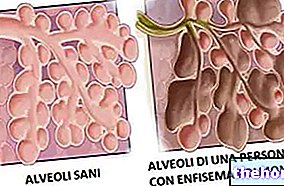Bovine liver is a food of animal origin that falls within the group of offal; in the whole of the fifth quarter of the animal - offal, tripe, pork rinds, heart as food, brain as food, spleen as food, tongue as food, nerves, etc. - it is probably the most consumed cut.

Containing high biological value proteins, specific minerals and vitamins, bovine liver is classified in the 1st fundamental group of foods; moreover, it makes use of more than relevant nutritional concentrations of: other water-soluble vitamins - different from those typical of the food group in question, such as folic acid and vitamin B12 or cobalamin - fat-soluble vitamins - vitamin A or retinol and vitamin D or calciferol - other minerals other than those typical of the food group in question - for example zinc, selenium and phosphorus - cholesterol, purines etc. Bovine liver also contains a small concentration of glycogen - a reserve carbohydrate - and vitamin C or ascorbic acid The nutritional properties of bovine liver depend on its biological functions, for more information read also: Liver as Food.
The liver can be contextualized in almost any diet; the diet of the subject affected by metabolic pathologies, the nutritional regimen of the pregnant woman, etc. are exceptions or require greater care. The average portion is equal to or less than that of the muscle and the frequency of consumption must comply with the recommendations disclosed for meat. Some attention is recommended to the level of hygienic safety of the food.
Bovine liver, more precisely calf liver, is the most used for food purposes. It is part of the gastronomic tradition of the whole peninsula, with greater consumption in the north.

